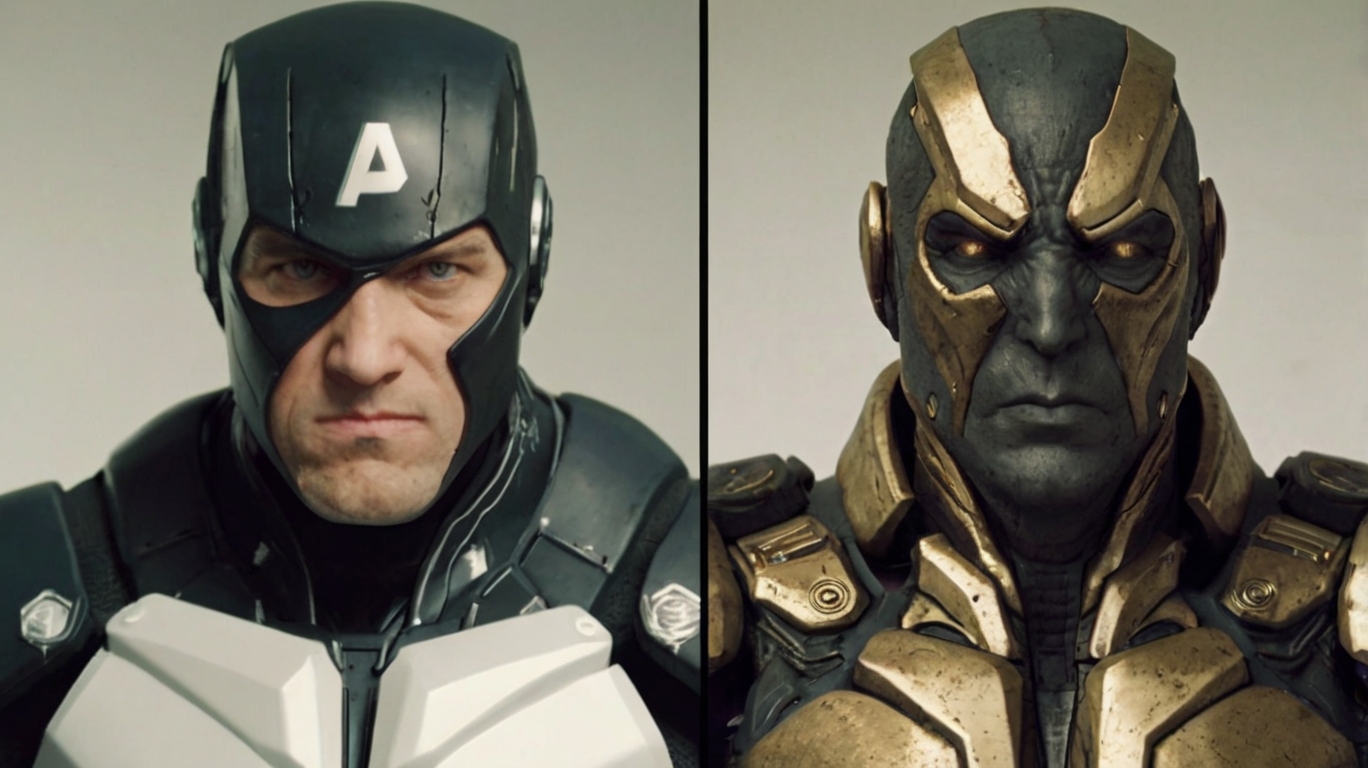
The process of taking a basic concept and refining it into a polished, marketable product is difficult and complex in the field of game development. The process of turning a prototype into a finished product is important to it. Aspiring game developers must comprehend this shift, which entails multiple steps to guarantee a finished, interesting, and functional game. This post will discuss the key processes a game must go through from its initial concept to its official release, as well as the distinctions between a prototype and the finished product.
What is a Prototype?
A prototype is an early version of a game made to test and approve the main concepts and gameplay elements. It is a crude, frequently unfinished depiction of the finished work that puts more emphasis on proving theories than on providing polished material. One needs prototypes for:
- Testing mechanics: Making sure the mechanics of the game are enjoyable and useful.
- Verifying Concepts: Determining whether the game’s central idea is compelling and workable.
- Gathering Feedback: Early tester input is gathered to help improve concepts.
Characteristics of a Prototype
- Simple Graphics: To depict game elements in prototypes, placeholder graphics or simple shapes are frequently used.
- Basic functionality: only implementing necessary elements and mechanics; elaborate systems or content are left out.
- Test concepts: make necessary revisions in response to feedback.
- Focus on Core Mechanics: Rather than extra features or material, the basic gameplay loop is being tested.
What is the Final Product?
The polished, finished game prepared for retail release is the finished product. It has all the well-executed features, audio, graphics, and material needed to provide players with a smooth and delightful experience. The finished item seeks to:
- Excellent Gameplay: making certain that every system and mechanic is properly connected and operating.
- Immersive Sound and Graphics: Including aesthetically pleasing visuals along with engrossing music and sound effects.
- Engage the Audience: Provide a gripping and interesting gaming experience to entice gamers to return.
Characteristics of the Final Product
- Finely rendered images with excellent visual effects, animations, and artwork.
- Full Functionality: Developed and integrated features and systems in their entirety.
- Extensive Content: Characters, stories, gaming aspects, and detailed levels.
- Quality assurance: Extensively tested to guarantee few defects and seamless operation.
The Transition from Prototype to Final Product
There are various crucial steps in the process from prototype to finished product, all of which help to improve and polish the game. This is a detailed explanation of the procedure.
1. Pre-Production
- Create thorough design docs that describe the gameplay, plot, characters, and stages of the game.
- Identify the technologies, instruments, and technical specifications required for development through technical planning.
- Developers, designers, artists, and other essential personnel should form a team.
2. Production
- Full Development: Add visual effects, set up procedures, and produce material to propel progress.
- Continuous Testing: To ensure seamless gameplay and identify and address errors, test the game often.
- Milestone Reviews: Verify the game’s development stages to ensure your team meets all the deadlines.
3. Alpha and Beta Testing
- Alpha Testing: Test the game internally to find and address any big bugs and ensure it has all the features it needs.
- Beta Testing: Distribute a beta version to a wider user base to collect further feedback and find any lingering flaws or difficulties.
4. Polishing and Optimization
- Based on beta feedback, balance levels and improve game mechanics.
- Make sure the game works on all target platforms and optimize the code to improve performance.
- Ensure your game is free of critical bugs and ready for release by performing comprehensive QA testing.
5. Release and Post-Release
- After ensuring that you prepare all platforms and promotional materials, release the finished product onto the market.
- Track player comments and release updates or patches to resolve any problems that may occur after the launch.
- Occasionally add new stuff to the game to maintain user interest.
Conclusion
A basic concept goes through the transformation into an engaging game through a complicated and multidimensional process that runs from prototype to finished product. Anyone hoping to make popular games that players enjoy must comprehend this journey.
With the assistance of Melior Games, start your path towards creating your dream game. To discuss your project and learn how we can help you succeed, get in touch with us right now.




